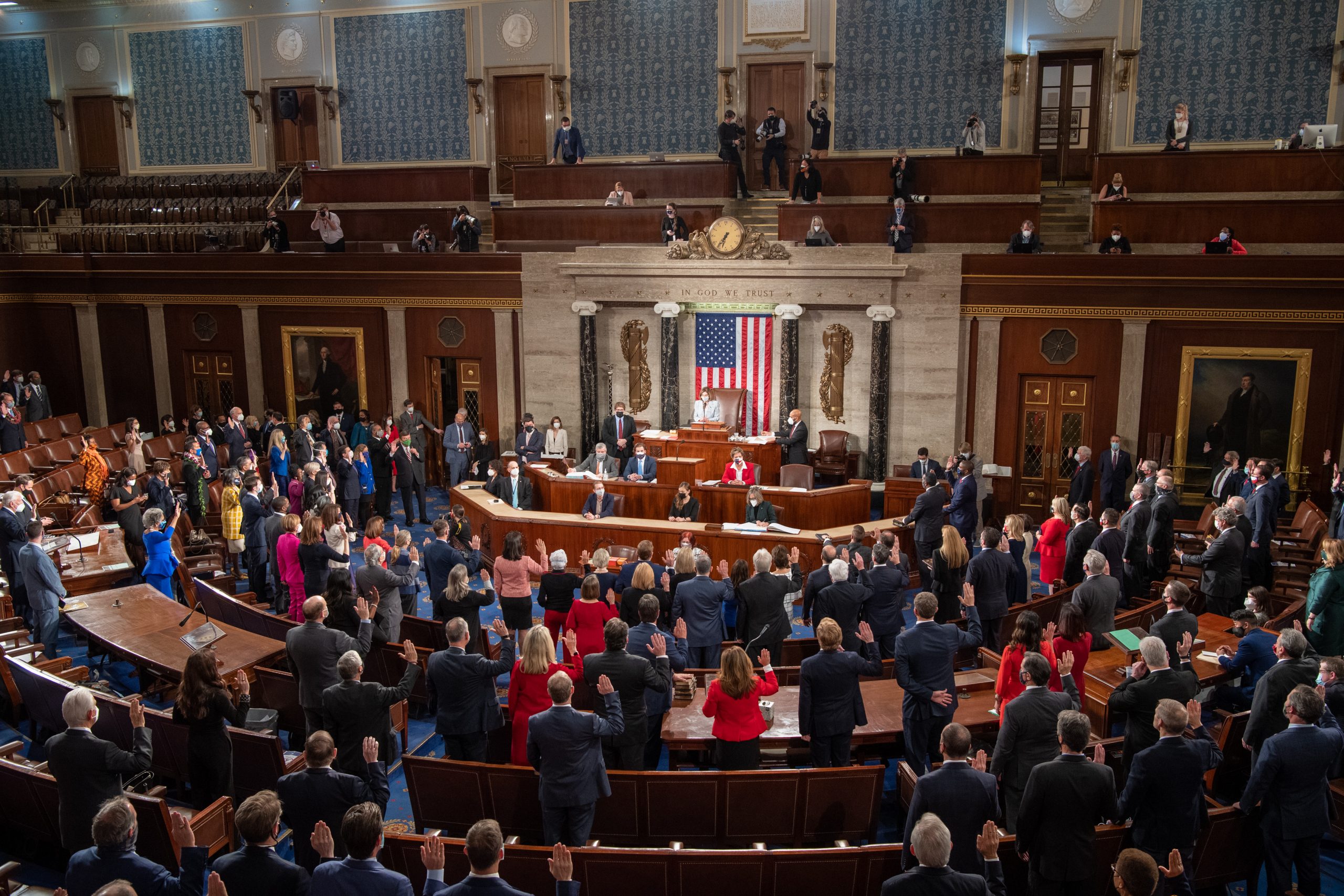Sicurezza degli spettatori
- Home Page 367

Security System for Children by using Wearable Sensors
Enhance Safety and Security System for Children in School Campus by using Wearable Sensors
Kamalraj – E.S. Madhan – K. Ghamya – V. Bhargavi
Sree Vidyanikethan Engineering College
Abstract: Child security in the school campus is most important in building a good society. In and around the world the children are abused and killed also in sometimes by the people those who are not in good attitude in the school campus. To track and resolve such issues an enhanced security feature system is required. Hence in this paper an enhanced version of security system for children is proposed by using `Wearable Sensors’. In this proposed method two wearable sensors nodes such as `Staff Node’ and `Student Node’ are paired by using `Bluetooth’ communication technology and Smart Watch technology is also used to communicate the Security Center or Processing Node for tracking them about their location and whether the two nodes are moved away from the classroom. If the child node is not moving for a long period then it may be notified by the center and they will inform the security officers near to the place. This proposed method may satisfy the need of school management about the staff movements with students and the behavior of students to avoid unexpected issues.
CLICK HERE to order complete paper
Programma d’autunno Settimana 48 | 28 novembre-4 dicembre
lunedì | 28 novembre | Colloquio 16:00 UTC
martedì | 29 novembre | Colloquio 16:00 UTC
mercoledì | 30 novembre | Colloquio 16:00 UTC
giovedì | 1 dicembre | Colloquio 16:00 UTC
venerdì | 2 dicembre | Colloquio 16:00 UTC
sabato | 3 dicembre
domenica | 4 dicembre
List of multinational festivals and holidays
Brewed Coffee Grounds, An Alternative for Clothing Dye
This content is accessible to paid subscribers. To view it please enter your password below or send mike@standardsmichigan.com a request for subscription details.
Doors
This content is accessible to paid subscribers. To view it please enter your password below or send mike@standardsmichigan.com a request for subscription details.
Information Technology Equipment
This content is accessible to paid subscribers. To view it please enter your password below or send mike@standardsmichigan.com a request for subscription details.
Stewardship of Software for Scientific and High-Performance Computing
This content is accessible to paid subscribers. To view it please enter your password below or send mike@standardsmichigan.com a request for subscription details.
Excellence in Education Modernization
This content is accessible to paid subscribers. To view it please enter your password below or send mike@standardsmichigan.com a request for subscription details.
New update alert! The 2022 update to the Trademark Assignment Dataset is now available online. Find 1.29 million trademark assignments, involving 2.28 million unique trademark properties issued by the USPTO between March 1952 and January 2023: https://t.co/njrDAbSpwB pic.twitter.com/GkAXrHoQ9T
— USPTO (@uspto) July 13, 2023
Standards Michigan Group, LLC
2723 South State Street | Suite 150
Ann Arbor, MI 48104 USA
888-746-3670


















